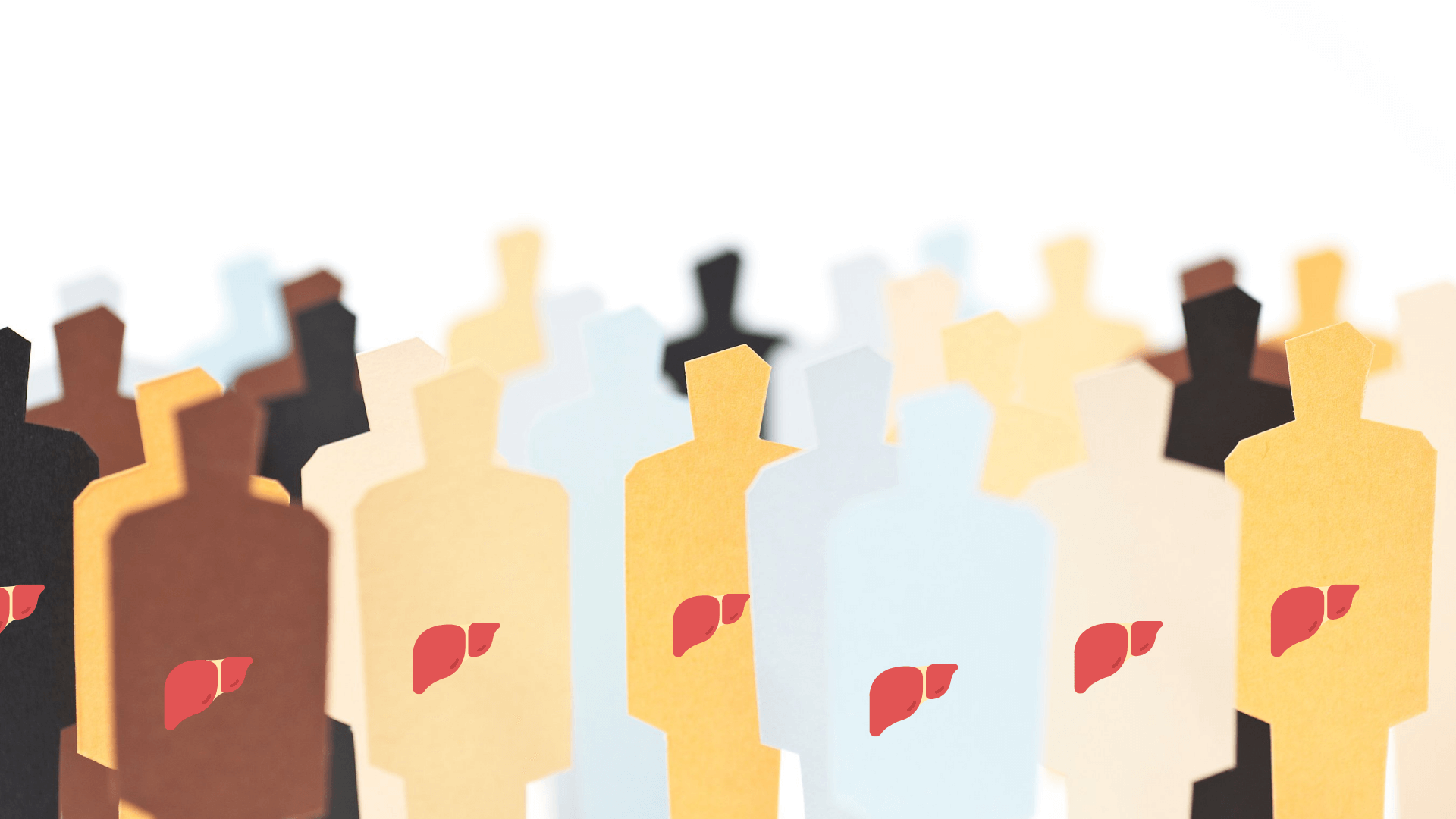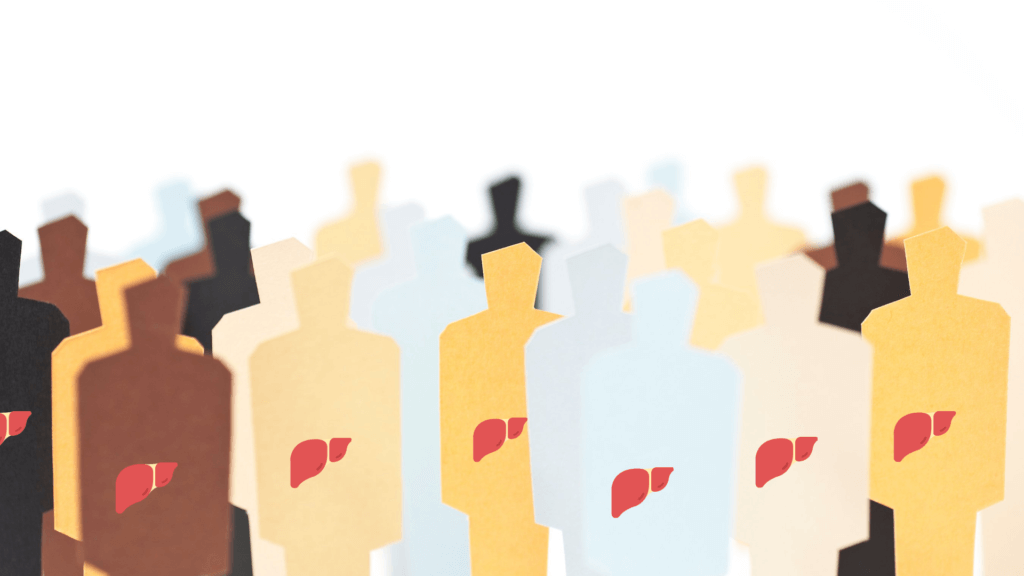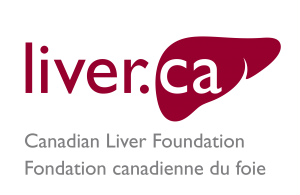The Need for Liver Transplantation

The Need for Liver Transplantation: An Examination of Ethnicity and Equity

Eric M. Yoshida OBC, MD, FRCP(C), Division of Gastroenterology at the University of British Columbia, Chairperson of the national Canadian Liver Foundation (CLF) Medical Advisory Committee and a member of the CLF’s Board of Directors Executive Committee.
Trana Hussaini Pharm D, Department of Pharmacy, Vancouver General Hospital, Faculty of Pharmaceutical Sciences, University of British Columbia and member of the Canadian Liver Foundation BC Chapter’s Provincial Medical Advisory Committee.
Daljeet Chahal MD, FRCP(C), Icahn School of Medicine at Mount Sinai, New York, NY.
—————————-
Liver disease is a not a single disease entity, rather, it is a heterogenous group of disorders that ends in liver failure (end-stage cirrhosis over years/decades or less commonly, sudden, unexpected acute liver failure over a short time period) and/or liver cancer. The diverse causes of liver disease range from inherited diseases (e.g., hemochromatosis, a common disease of iron overload) to infectious disease (e.g., viral hepatitis) to autoimmune causes (e.g., autoimmune hepatitis, primary biliary cholangitis, primary sclerosing cholangitis), and finally acquired causes such as alcohol. The only truly definitive treatment for end-stage liver disease is liver transplantation and every year, hundreds of Canadians with liver disease are referred to a provincial liver transplant centre in the hopes of receiving a life saving donor organ. The demographic distribution of liver diseases, however, is not equal within ethnic community groups and although there are limitations, a study of those referred for liver transplantation can potentially serve as an indicator of the kinds of liver disease that afflict a given community.
Recently, in the well-known journal Medicine (Baltimore), our group published a retrospective study of the BC liver transplant referral database from 1984 to 20191. Of 3,682 patients referred with a stated ethnic background, the majority at 74% were Caucasian. Amongst the other ethnic groups, 11% were Asians (e.g., Chinese, Korean etc.), 6% South Asian, 6.4% from the Indigenous community. Amongst Caucasians, 36% were referred because of hepatitis C and alcohol was the cause in 20%. Amongst Asians, 45.5% were referred because of hepatitis B (common in this community) and 13.5% for liver cancer (of which hepatitis B is a leading cause in Asia). Amongst the South Asian community, alcohol was a leading cause of referrals at 27.4% and primary sclerosing cholangitis (thought to be uncommon in India) was 8.8%. The leading cause of referrals for the Indigenous community remained autoimmune liver disease with primary biliary cholangitis constituting 33.2% and autoimmune hepatitis 10.8%. This finding was consistent with our previous findings over 20 years ago indicating that the trend of autoimmune liver diseases in this community continues2 . Our review also revealed that despite suffering disproportionately from an intrinsically immunologically derived disease, Indigenous patients were less likely to undergo life-saving transplantation and more likely to die on the waiting list. The reason for this inequity awaits further study.
Our review provides insights into the study of liver disease amongst demographic communities. Clearly, there is a need for public health education regarding alcohol. Amongst health care providers, a higher level of suspicion can lead to earlier diagnosis and treatment. The root cause of inequity in terms of transplantation and the Indigenous community is concerning and the reasons must be determined and ameliorated.



